A large detachment of fish, including about 200 species. Most garfish are inhabitants of seawater, but some may exist in low-saline and desalinated water bodies.
Here is an overview of the content of this tutorial, feel free to jump to any section you care about:
For more fishing instructions, take a look at these popular Trizily links: Herring Fishing.
Garfish Fishing
Overview of garfish
The main feature of all species is an elongated body, a peculiar head and jaws with large teeth. In some fish, the lower jaw is slightly longer and protrudes forward. In some cases, the size of the jaw changes throughout life, and the correlation of the size of the jaws can be an age feature of juveniles.
Most species of garfish are flocking, pelargic predators. Flocks make long seasonal migrations. It is important for fishermen to know that in the warm season, fish actively feeds from the surface, but they are not constantly in the upper layer, making daily migrations in the vertical direction. In their way of life they can be, like real predators, so living due to feeding on plankton, and even vegetation.
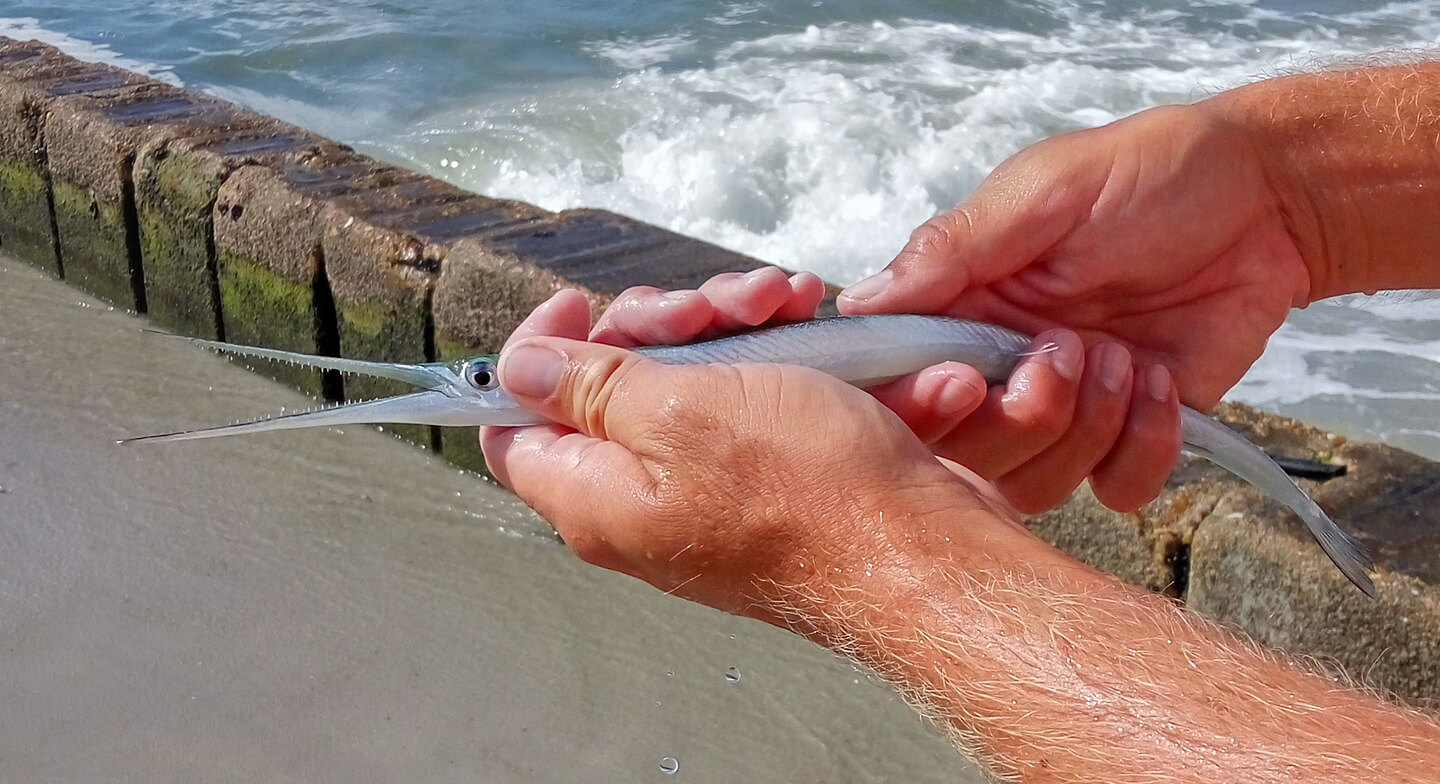
The sizes of fish living off the coast of Europe are relatively small – up to 1.5 kg, with a maximum length of about 90 cm. Moreover, a giant crocodile garfish can reach a length of up to 180 cm. An important feature of all species is that when when hunting or when a garfish is caught on a fishing hook, fish often jump out of the water. Many anglers emit garfish for desperate resistance when fighting. It is worth noting that some divers argue that the garfish are quite aggressive and attack a person, especially at night by the light of lanterns.
Reproduction habit of garfish
Females grow up at the age of 5-6 years, males are somewhat earlier. Reproduction passes in the spring and is quite stretched. This is due to the fact that spawning is portioned, with large intervals. Caviar is sticky and attaches to aquatic plants. Young garfish do not have a long upper jaw; it grows over time.
Garfish fishing guide: Techniques, bait and gear
Garfish fishing techniques
Garfish often hunt in the coastal zone, and therefore are a typical prey for lovers of fishing from the coast. Everywhere, garfish are caught along with other predators on spinning baits. In addition, numerous inventions were invented for fishing with natural baits. No less interesting is spinning fishing from boats. Eating fish are searched for by splashes in the water. If an active school is discovered, dozens of fish can be caught in a very short time. They also hunt for flies and streamers, for this they use both long casting rods and fly fishing.
Spinning for garfish
It should immediately divide the spinning fishing into two main types: vertical spinning and fishing “in the cast.” For fishing from the side, it is quite effective to catch the garfish on various pilkers and other spinners. Pilkers are used in different techniques, and with dragging along the bottom, and in the water column. When choosing gear for fishing on a classic spinning “throw” it is advisable to proceed from the principle of “size of the bait + size of the trophy.” They use classic lures: spinners, wobblers and silicone imitations.
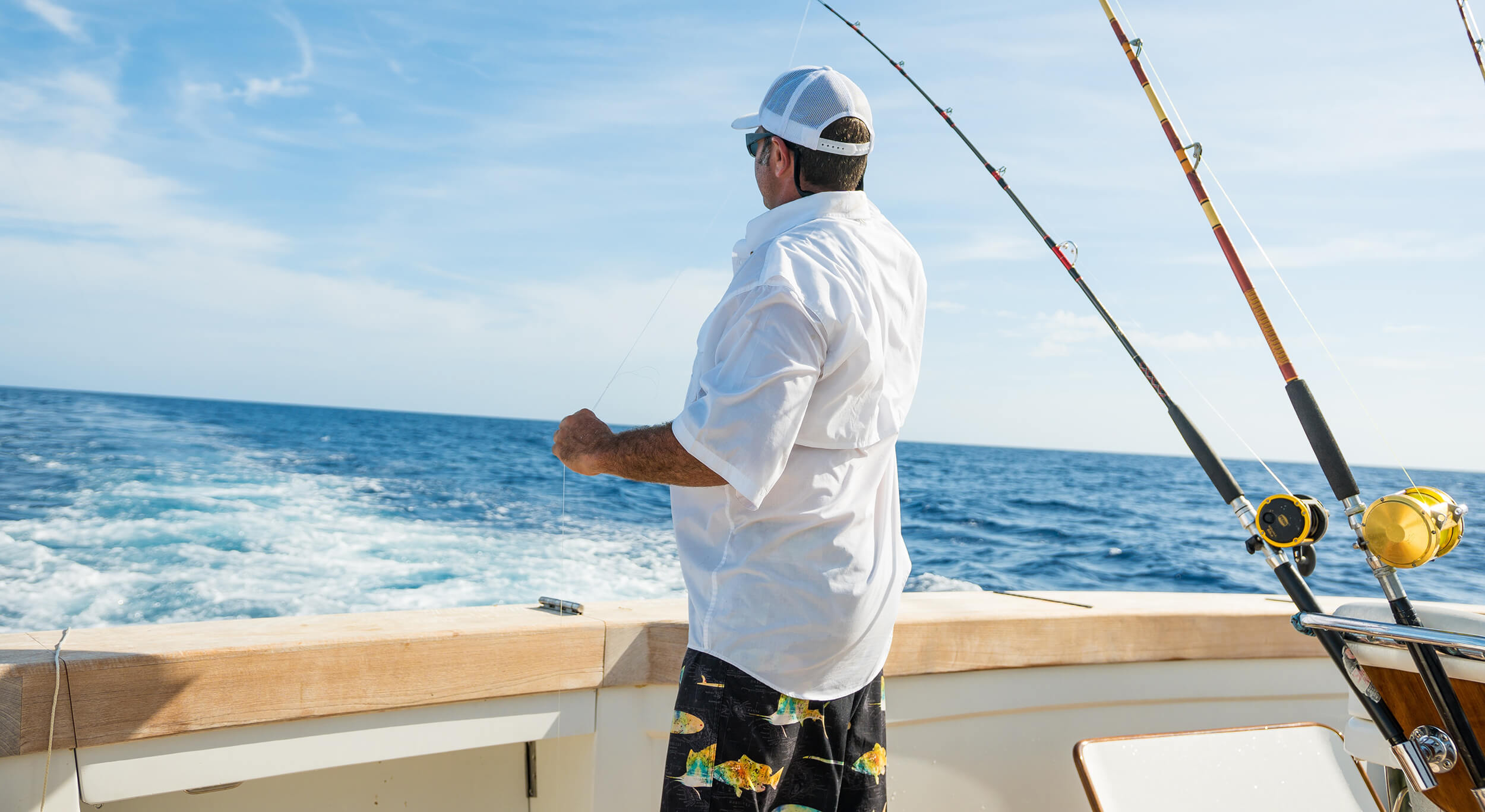
Reels should be with a good supply of fishing line or cord. In addition to a trouble-free brake system, the reel must be protected against salt water. Many types of marine fishing techniques require very fast wiring, which means a high gear ratio of the winding mechanism. According to the principle of action, the reels can be either multiplier or inertia-free. Accordingly, the rods are selected depending on the reel system.
The choice of fishing rods is very diverse, at the moment, manufacturers offer a large number of specialized “blanks” for various fishing conditions and the type of bait. It is worth adding that for coastal fishing of medium-sized garfish, it is possible to use light test rods. When fishing for spinning sea fish, the fishing technique is very important. In order to choose a fishing place and the correct wiring, it is necessary to consult experienced fishers.
Catching garfish on float tackle
There are many different snap-ins for catching this fish on natural baits. They are used both when fishing from the shore, and from boats. Long-range casting rods are used, both specialized and long spinning rods are suitable for this. All fishing methods are united by the fact that the bait is served in the upper layers of water. These methods are effective when the garfish hunt without going deep. It is important to know that these fish are very shy, require delicate rigging and long casts when fishing on the shore.
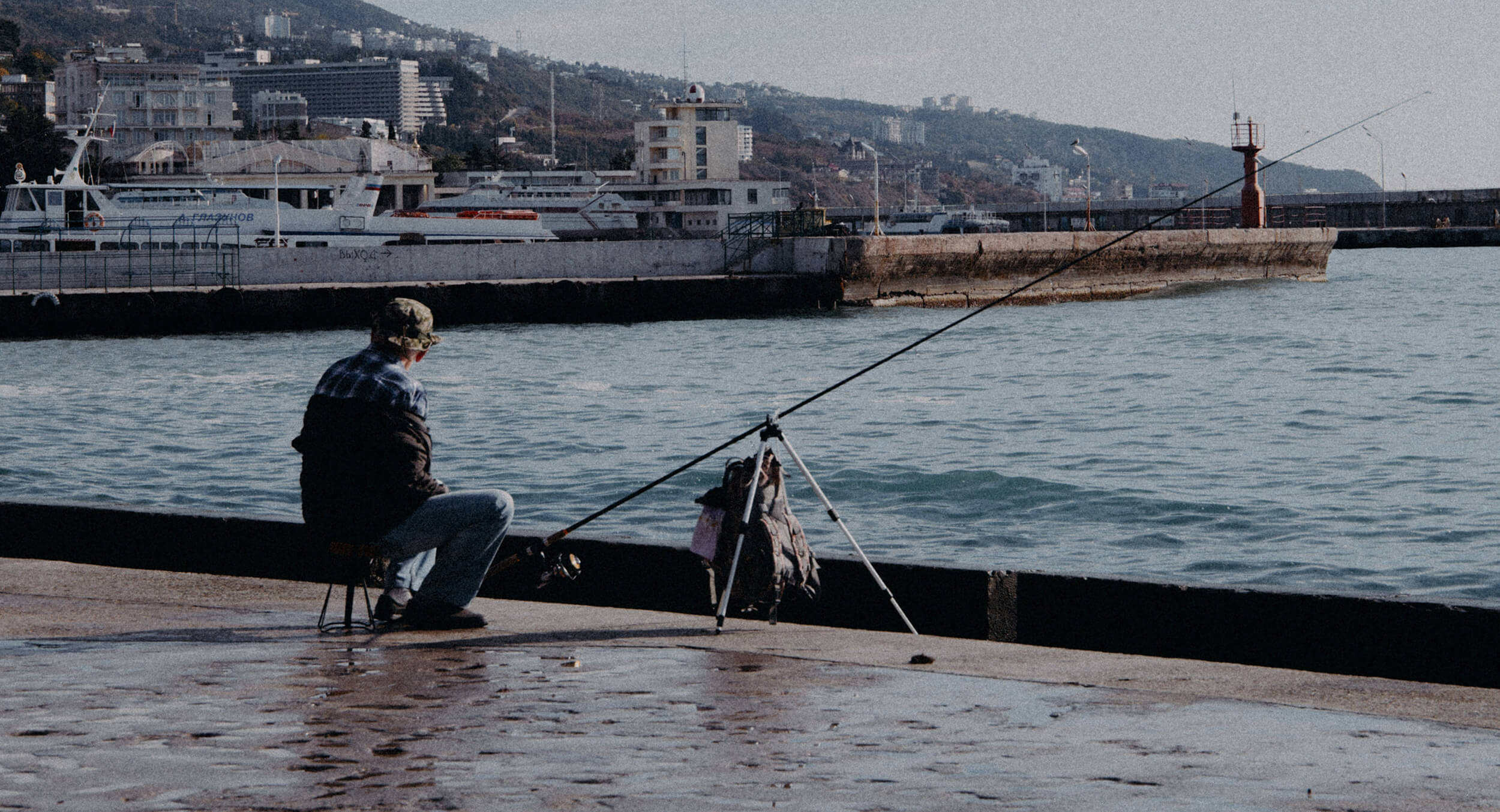
If you use various classic “Sbirulino rig- bombards”, then it makes sense to use different types of slow-sinking models. Wiring is usually used slow, uniform. Another method of feeding the bait is based on the fact that a brightly flooded and shipped float is located on the surface of the water, and the nozzle is fed to a certain depth, usually about 2 m.The methods of fixing the float and feeding the rig can be different and depend on the preferences of the fisherman. It is worth noting once again that snap-ins should be as delicate as possible.
Garfish fishing bait
Natural baits most often serve various pieces of fish meat, shrimp, nereis worm. Some anglers use chicken fillet. Given that the garfish is an active predator for small fish, spinningists actively fish for various artificial imitations: spinners, wobblers, silicone baits.
Where to catch garfish
European garfish is very widespread: along the entire coast of Europe. Its coastal area also includes the coast of North Africa. Fishes lead a seasonal lifestyle. Despite the fact that the fish is found both in warm and in cold waters, in most cases, all the garfish make seasonal migrations. As a rule, with the onset of cold weather, he leaves the coast. Spring returns in search of easier prey.

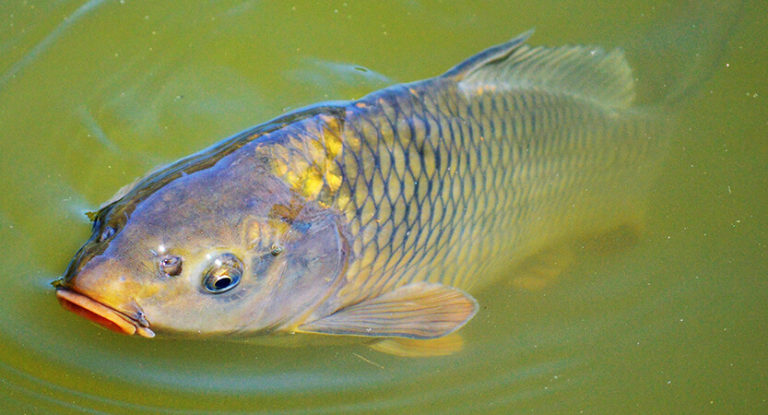
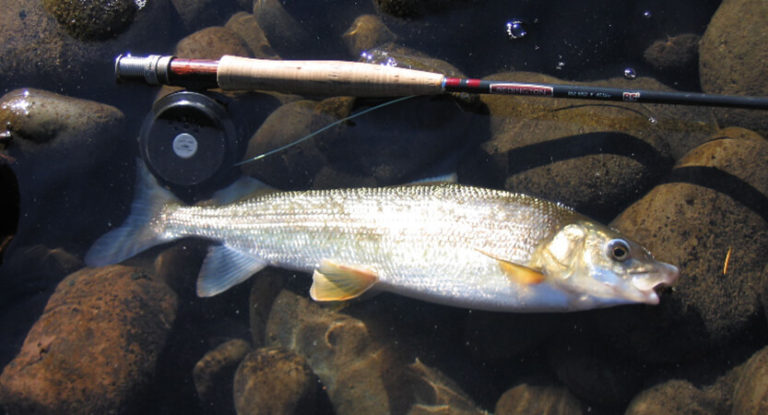
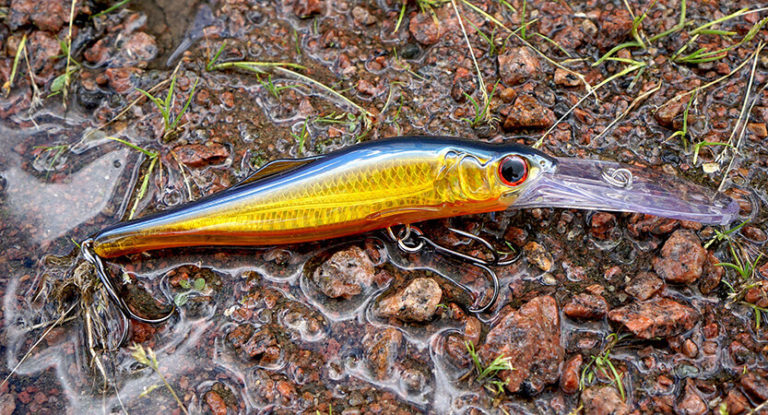
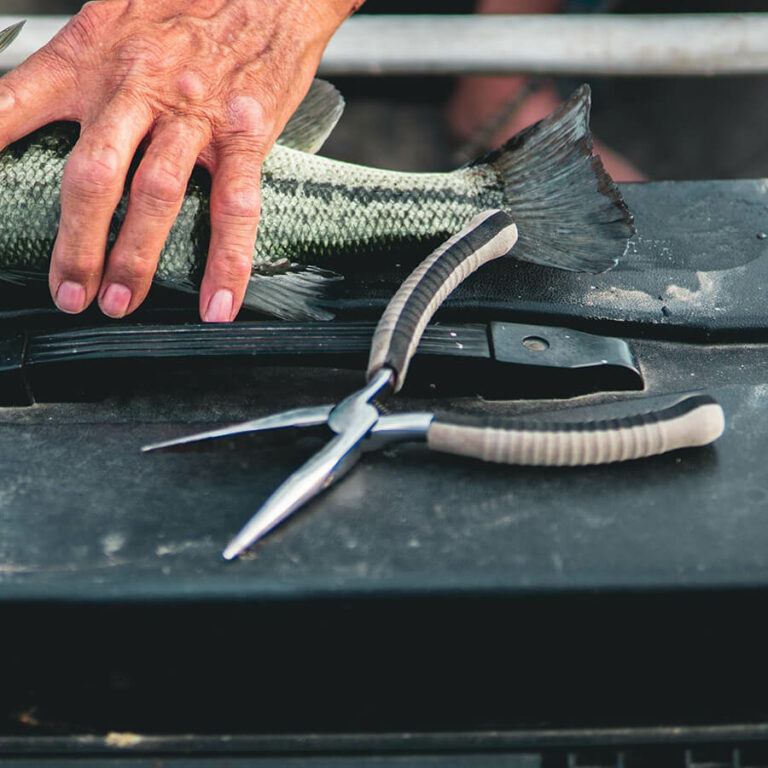
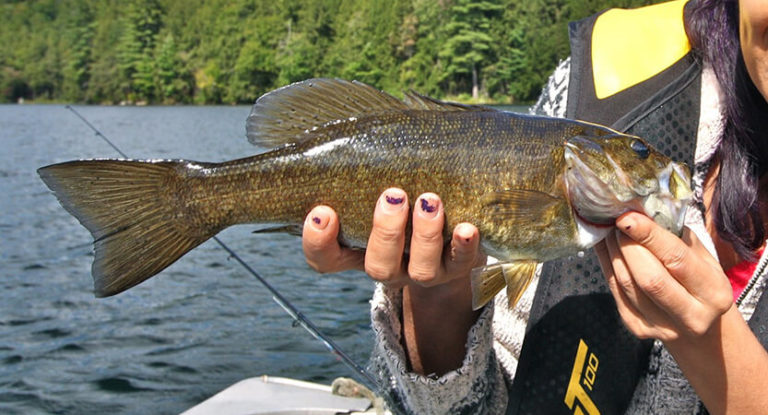
![Top 7 Best Fishing Kayaks in 2023 [Buying Guides] 19 Top 7 Best Fishing Kayaks in 2023 [Buying Guides]](https://trizily.com/wp-content/uploads/2021/12/fishing-kayak-768x415.jpg)